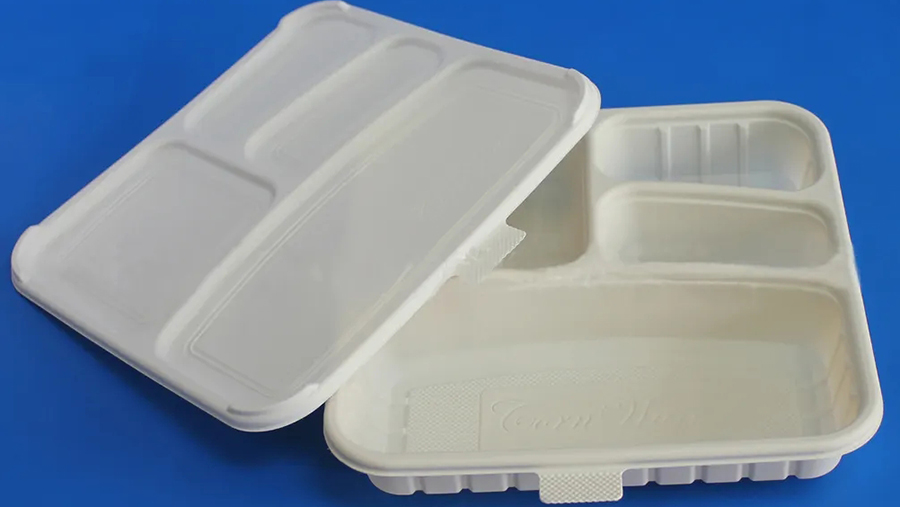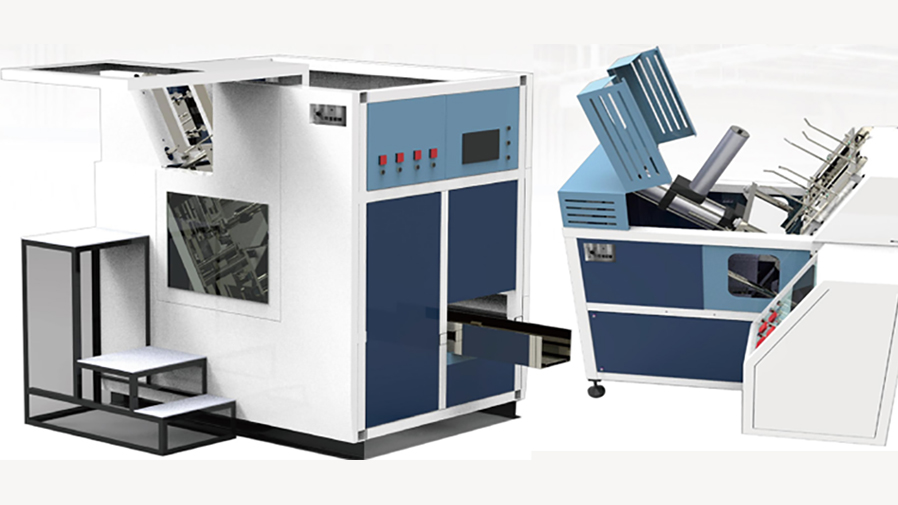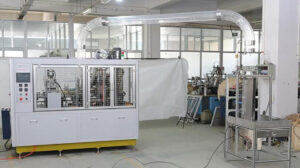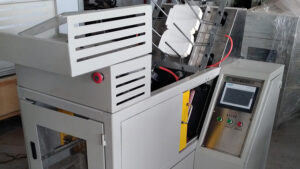Plastic type
Plastic disposable lunch boxes mainly include PP and PS, which are non-toxic, tasteless and odorless. PP is soft, and the use temperature is -6 ℃ to+120 ℃, which is suitable for holding hot food. PS is hard and transparent, but easy to tear. PS begins to soften at 75 ℃. It has good low-temperature performance and is the best packaging material for ice cream.
Cardboard type
Cardboard snack box is made of 300-350g paperboard by die-cutting, bonding or die-cutting pressing processes similar to sheet metal processing. In order to prevent oil or water seepage, the film shall be coated on its surface. It is non-toxic and has no side effects on human body during production and use. However, the quality requirements for paperboard are high.
Starch type
It is made from starch plants by mixing and kneading with dietary fiber and other edible additives. It is refined by biological compounding, cross-linking with glycan, calcium ion chelation and other technologies. Its application temperature is – 10 ℃ to+120 ℃, so it is suitable for holding cold food and hot food.

Pulp molded
Wood pulp, reed, bagasse, wheat straw, rice straw and other herbaceous fiber pulp are pulped and purified, and then added with appropriate non-toxic chemical additives to form, dry, shape, shape, trim and disinfect. The beauty of the product is not high, but it will also increase the pollution of wastewater.
Plant fiber type
It is made of plant fibers extracted from rice straw, rice husk, bagasse, etc. as raw materials, mixed with molding agent, adhesive, water resistant agent and other additives, and then dried, reshaped, disinfected and other post-processing. These agricultural wastes can become industrial raw materials, which is conducive to the utilization of agricultural resources.
Degradable plastic lunch box
A certain amount of additives, such as photosensitizer, starch and other raw materials, are added in the production process of plastics. In this way, the degradable plastic lunch box can be decomposed into fragments from its complete shape after being used and abandoned in nature for three months, thus improving the environment.


